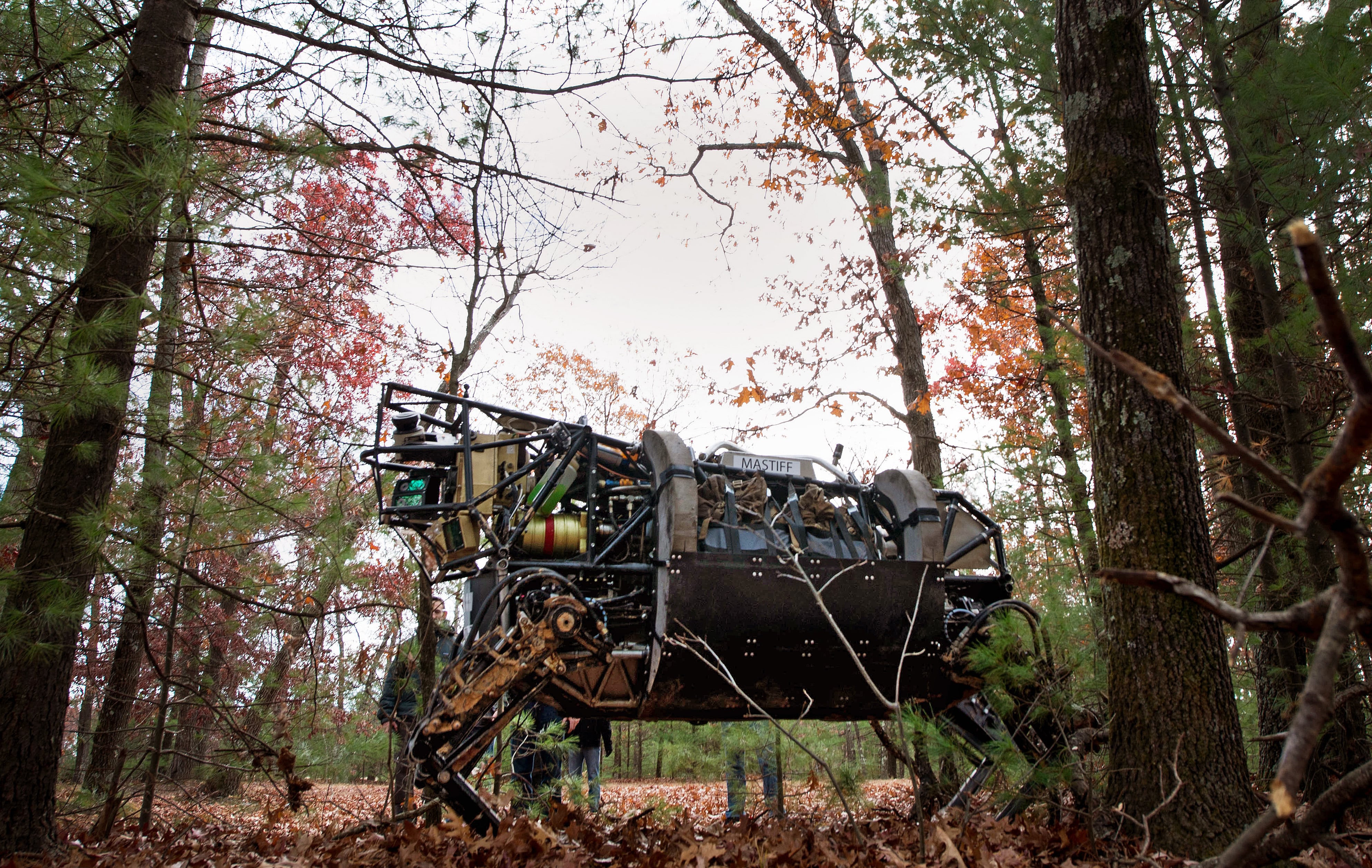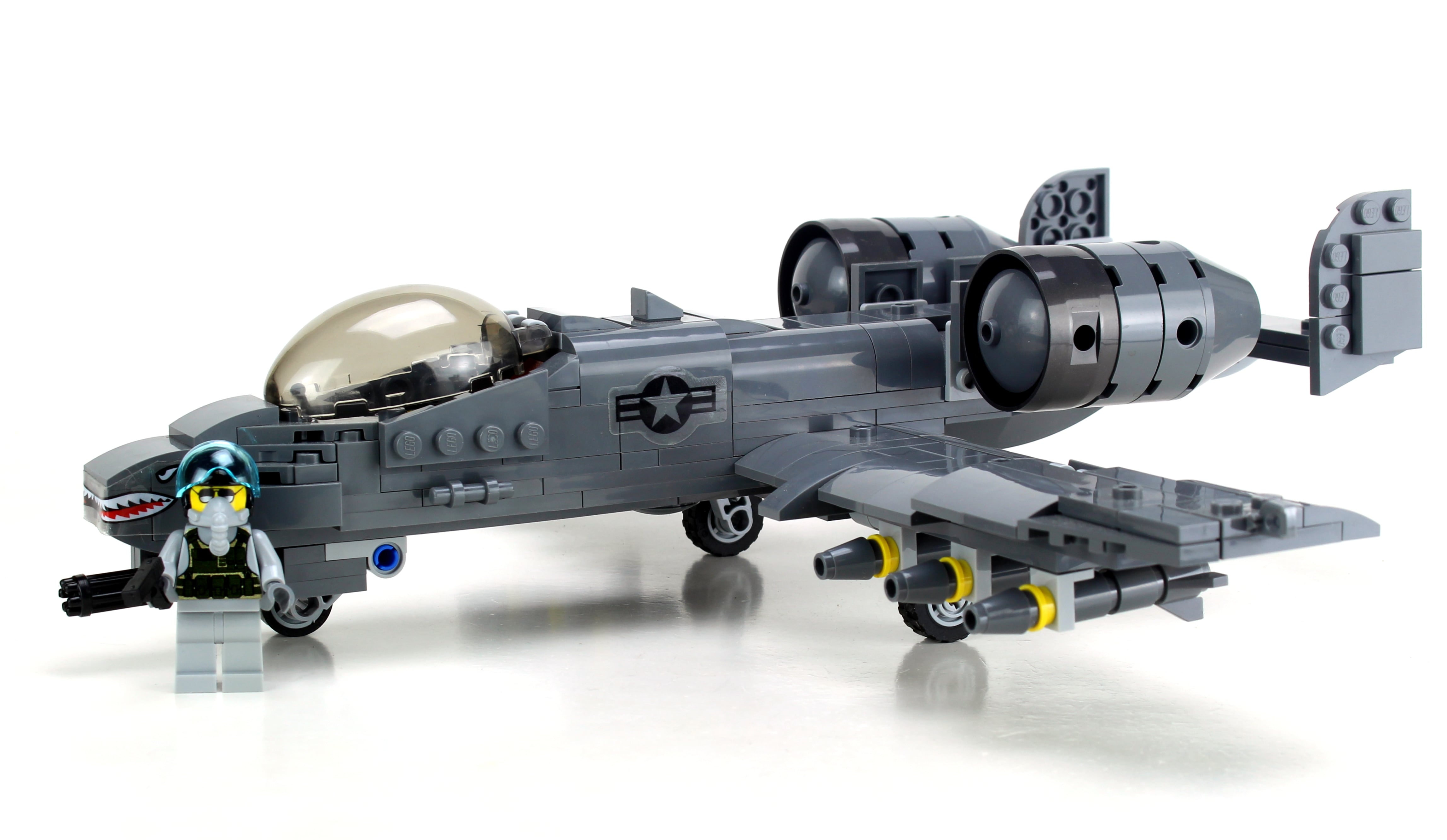Army researchers are looking to add muscle tissue to robot platforms, giving them “never before seen mobility and agility.”
The effort by scientists with the Army’s Combat Capabilities Development Command, Army Research Laboratory and Duke University and the University of North Carolina is looking first at adding muscle to legged robot joints rather than using actuators, according to an Army Research Laboratory statement.
The combined muscle and robot echoes a line from the 1991 film, “Terminator 2: Judgement Day” when the T-1000 character explains what he is to the young protagonist John Connor shortly after they meet.
Connor: You are a Terminator, right?
T-1000: Yes, Cyberdyne Systems Model 101.
Connor: …You’re really real. I mean, like a machine underneath but sort of alive outside?
T-1000: I’m a cybernetic organism, living tissue over a metal endoskeleton.
While the early Army research makes no mention of cyborgs, scientists do note the advantages of muscle tissue as compared to robotics components currently in use.
“Though impressive in their own right, today’s robots are deployed to serve a limited purpose then are retrieved some minutes later,” said Dean Culver, a research scientist at the laboratory. “ARL wants robots to be versatile teammates capable of going anywhere Soldiers can and more, adapting to the needs of any given situation.”
Those first, legged applications are likely to include platforms similar to the existing Army “Legged Locomotion and Movement Adaptation” robot, or LLAMA and the Marine Corps’ Legged Squad Support System, or LS3, according to the statement.
They main goal is to get legged robots, which have certain utilities in rough terrain, better stability in on uneven, cluttered surfaces.
For example, one criticism that soldiers testing a wheeled robotic combat vehicle in rifle platoon maneuvers at Fort Benning, Georgia, in November had was its difficulty in working alongside soldiers in dense vegetation during dismounted operations.
“One obstacle that faces ground-based robots today is an inability to instantly adjust or adapt to unstable terrain,” Culver said. “Muscle actuation, though certainly not solely responsible for it, is a big contributor to animals’ ability to navigate uneven and unreliable terrain.”
The same is true for winged creatures who can reconfigure their shape to move in tight spaces, such as among tree branches, Culver said.
The research isn’t without precedent. In 2014, teams at the University of Illinois at Urbana-Champaign built the first self-propelled, microscopic, biohybrid robots powered by beating cardiac muscle cells that were derived from rats, according to the National Science Foundation Science and Technology Center.
Similarly, Army scientists look to grow muscle cells and tissue for the robots for the robot biohybrid work instead of extracting it from living organisms.
“Muscle tissue is outstanding at producing a specific amount of mechanical power at a given moment, and its versatility is unrivaled in robotic actuation today,” Culver said.
To make the muscles work with various sizes of joints, existing methods include creating a sort of type of gel with the muscle cells inside, Ritu Raman, a mechanical engineer who works in biohybrid design, told Science Focus Magazine in October.
That gel is then molded to the shape needed for the muscular action on the robot.
“Then, because the cells are alive, when they go through this process, they’re sensing and responding to their environment,” Raman said.
Todd South has written about crime, courts, government and the military for multiple publications since 2004 and was named a 2014 Pulitzer finalist for a co-written project on witness intimidation. Todd is a Marine veteran of the Iraq War.
Tags:
army robotsmarine corps robotsmilitary robotsarmy sciencemarine corps sciencemilitary sciencearmy gearmarine corps gearmilitary gearIn Other News















